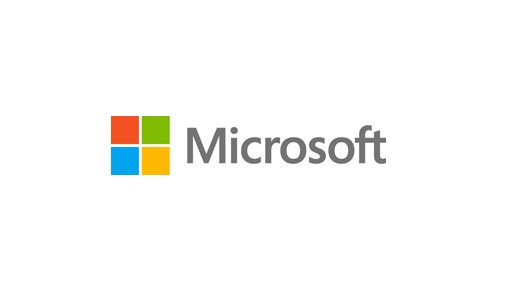

Microsoft has announced new AI and mixed-reality applications for its Dynamics 365 online business software.
The move will allow for business use of Redmond’s augmented-reality goggles HoloLens, within the Dynamics 365 environment, which is Microsoft’s CRM and ERP solution.
It comes after Redmond last year added six European partners to its ‘HoloLens Readiness Partner Program’ in order to encourage more customers to commit to the company’s ‘mixed reality’ vision.
And now in a move designed to take the fight to CRM rival Salesforce.com, Microsoft has opened up about its new features in a blog post.
Microsoft confirmed the coming availability of a new Dynamics 365 AI offering, which it grandly said is a “new class of AI applications that will deliver out-of-the-box insights by unifying data and infusing it with advanced intelligence to guide decisions and empower organisations to take informed actions.”
The first AI offering is Dynamics 365 AI for Sales, as Microsoft believes that AI can help salespeople prioritise their time to focus on deals that matter most, provide answers to the most common questions, and other capabilities to help in the overall sales function.
The second AI offering is Dynamics 365 AI for Customer Service to help provide automated insights that help guide employees to take action, and can even utilise virtual agents to help lower support costs.
The third AI offering is Dynamics 365 AI for Market Insights to help marketing, social media and market research teams make better decisions with market insights.
Meanwhile the HoloLens goggles offerings for businesses includes Dynamics 365 Remote Assist, which essentially lets field service workers use the HoloLens goggles to fix equipment or take other actions guided by a remote expert who can watch the process and draw instructions in the workers’ fields of view.
The second offering is Dynamics 365 Layout, which lets businesses use HoloLens to map physical spaces and move virtual versions of equipment around to plan before actual moves take place.
The HoloLens was first introduced in January 2015 and Microsoft has been keen to stress the self-contained nature of the device, which is powered by Windows 10 and an Intel 32-bit processor working alongside a custom-built Microsoft Holographic Processing Unit (HPU) that allows the device to understand gestures and gaze while mapping the world around the user, all in real time.
Last July Microsoft said the second generation of its HoloLens ‘mixed reality’ headset will incorporate a chip deigned to power artificial intelligence (AI) functions in the wearable device.
Apple fined 150m euros over App Tracking Transparency feature that it says abuses Apple's market…
OpenAI to release customisable open-weight model in coming months as it faces pressure from open-source…
Samsung's Bespoke AI-powered fridge monitors food to create shopping lists, displays TikTok videos, locates misplaced…
Huawei sees 38 percent jump in consumer revenues as its smartphone comeback continues to gather…
In world-first, China approves commercial flights for EHang autonomous passenger drone, paving way for imminent…
Microsoft closes down IoT and AI lab it operated in Shanghai tech district in latest…